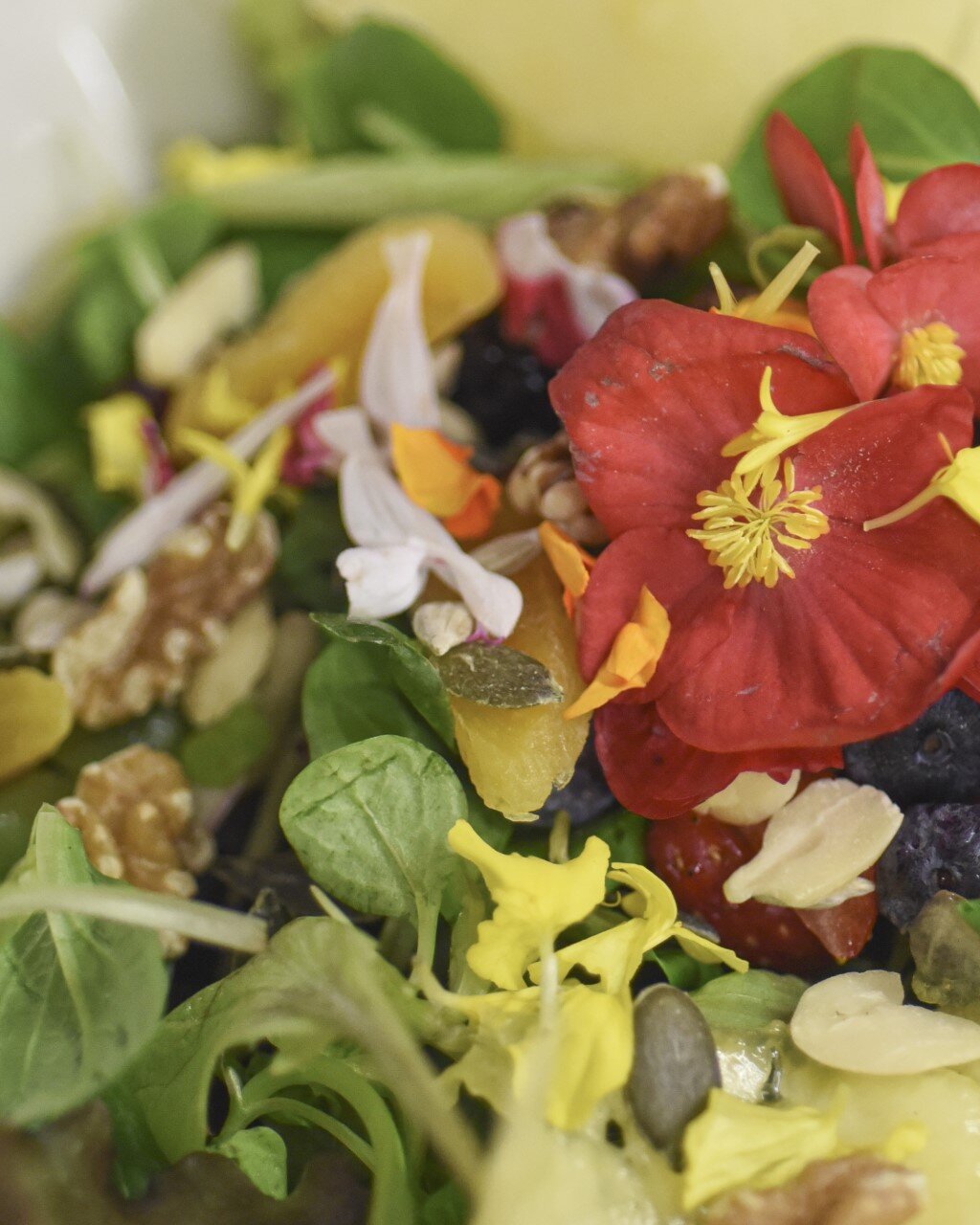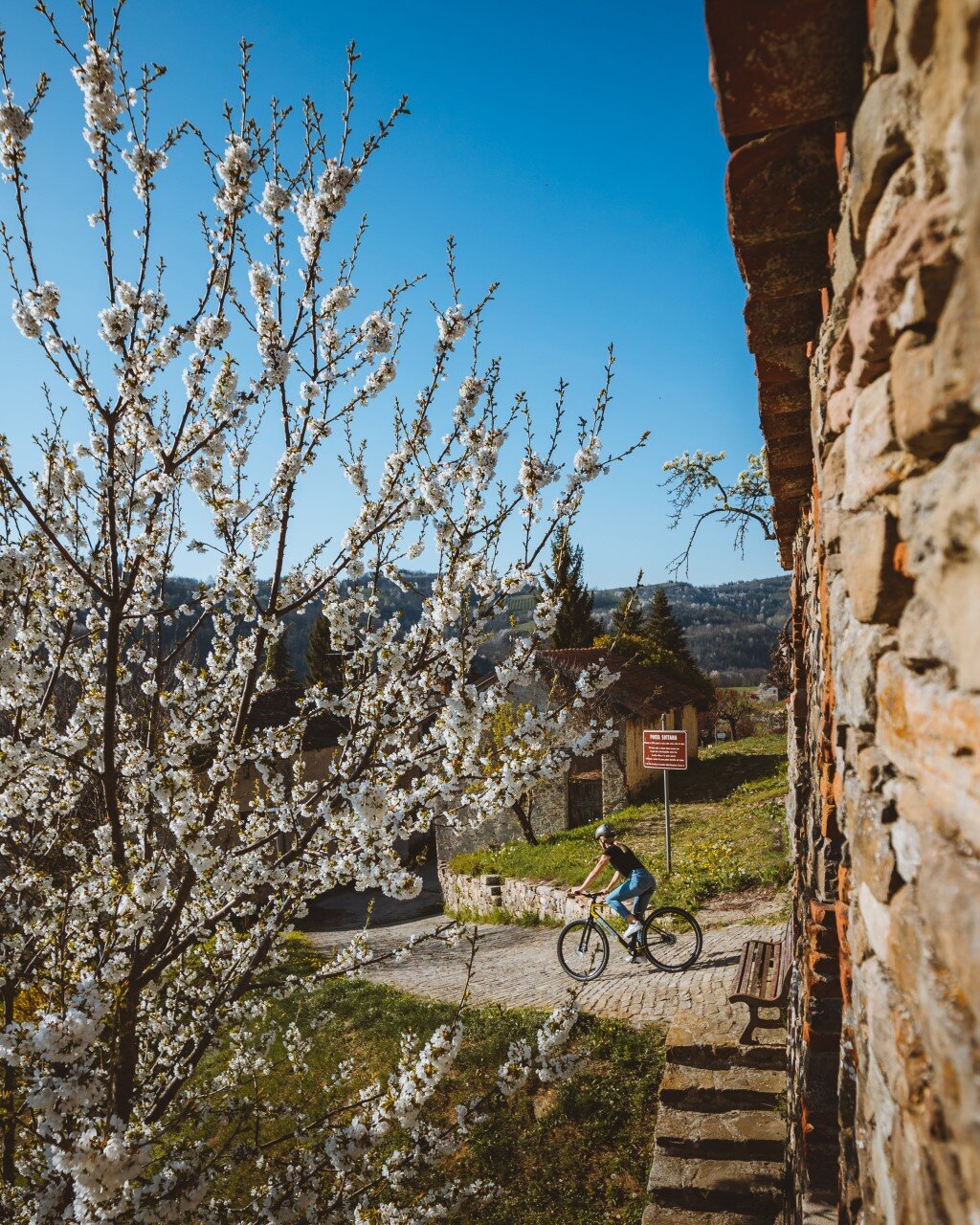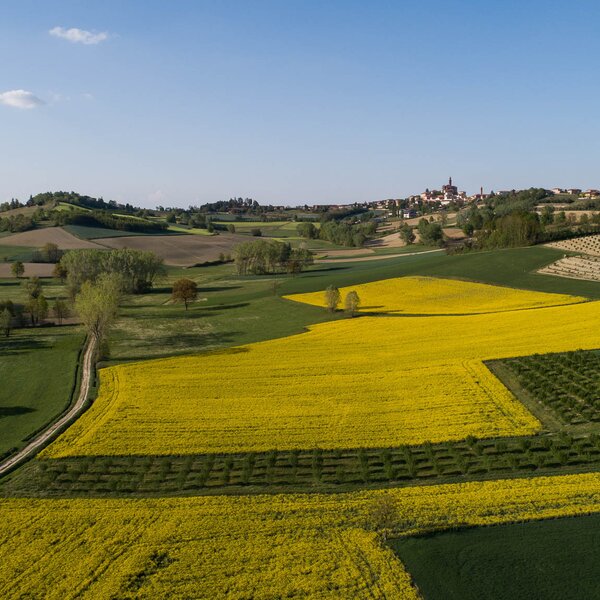
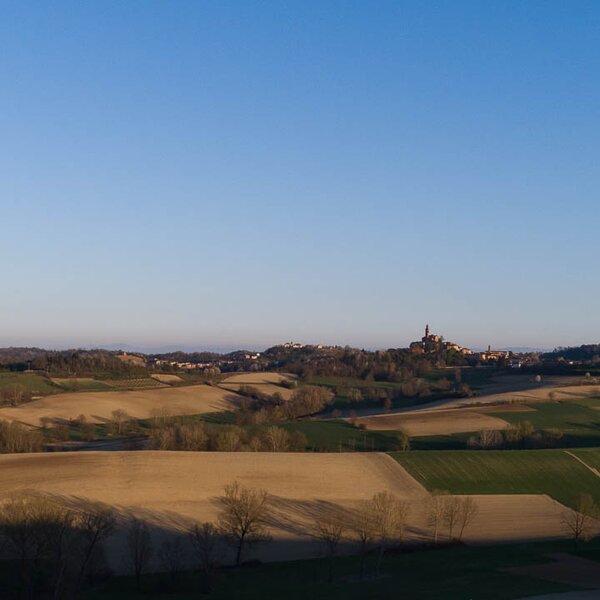
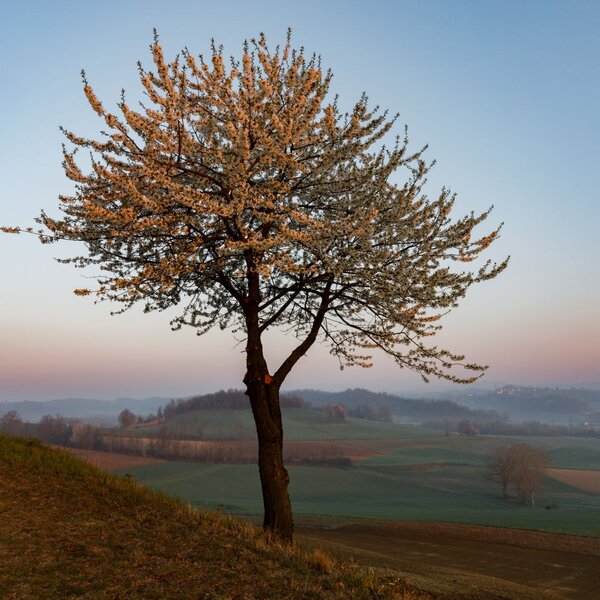
Romanesque Style
Three itineraries in search of many small and major vestiges of the devotion of ancient times which today reveal works of art of inestimable value. San Damiano d'Asti, Castelnuovo Don Bosco and Montechiaro d'Asti: the three key centres of three tours through country churches, parish churches and abbeys
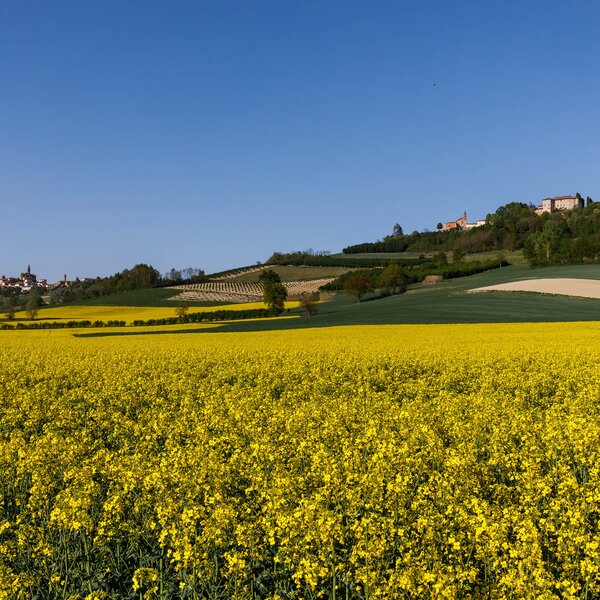
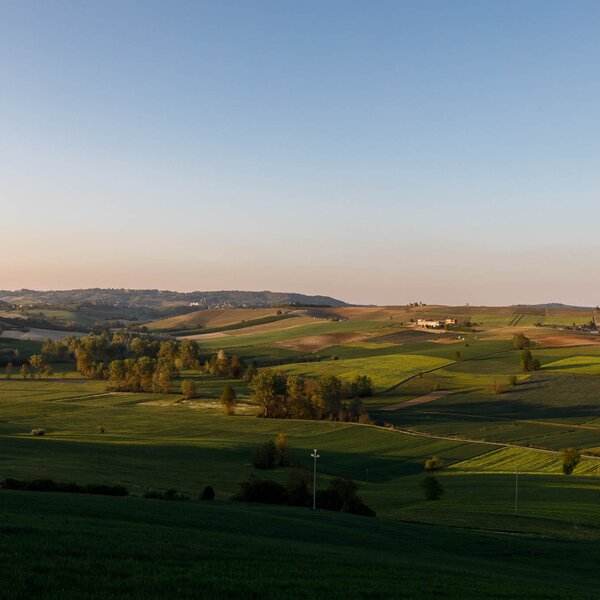
Your Vacation
Plan where to sleep, where to eat, what to do and visit in every corner of Langhe Monferrato Roero, with a real time eye on the weather
